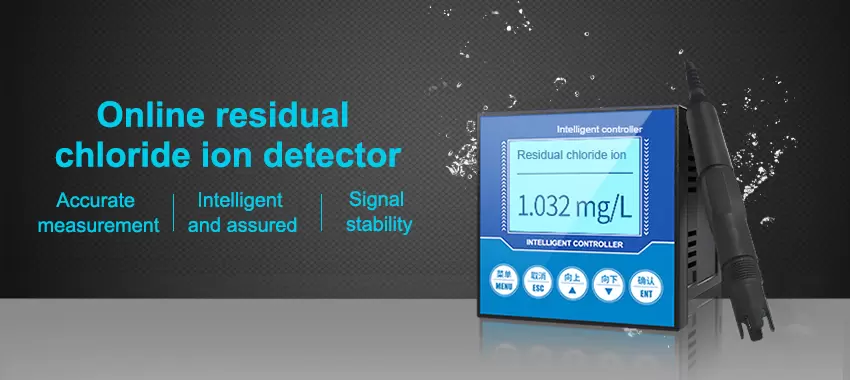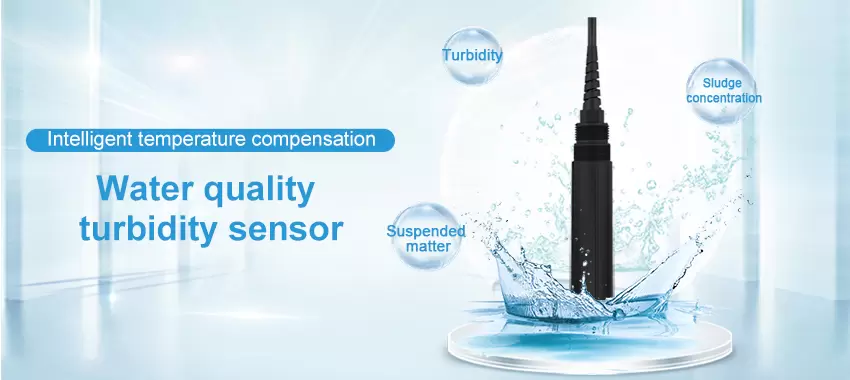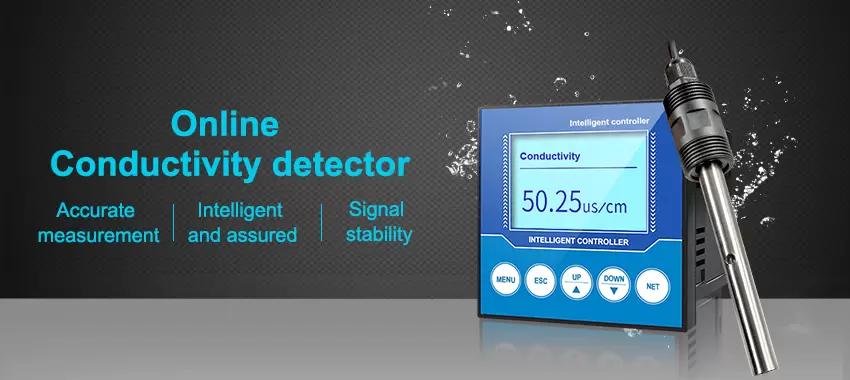What are water quality sensors?
Water quality sensors can detect water quality in various applications. In particular, water quality monitoring systems can provide researchers, operators and engineers with critical water quality data for laboratory research, quality control, hydraulic model calibration, compliance and tracking of changes in water system quality over time.
Sensors can be the eyes and ears of system operators, offering real-time actionable data that can be used to preserve water quality in distribution systems. Sensors can also alert human observers, preventing a public health catastrophe.
Water quality sensor information is commonly used for decision-making on a wide range of management issues, including meeting regulatory water quality requirements, identifying non-regulatory water quality for key users, confirming water quality modeling and applying a contamination warning system.
The chemical, biological and physical conditions of water indicate its quality in numerous ways. Even small shifts in these characteristics can impact the people and industries that rely on water. To maintain quality, tracking water parameters like conductivity, dissolved oxygen, pH, salinity, temperature and turbidity is essential. For the very same reason, water quality sensors have become standard in many systems. Water quality sensors are applied via two fundamental approaches. They are either used to directly gauge components of interest, like chemical concentrations, or to assess surrogates, which are indicators that may reveal the presence of contaminants.
What are the types of sensors?

pH Sensor
The pH of a solution, how acidic or basic it is, a major indicator of water quality. Sensors used to determine pH are usually a single electrode, typically made of glass and quite delicate. An electrode is typically attached to an analyzer that has an interface for data collection, calibration, and alerts.

Residual Chlorine Sensor
Determining residual chlorine in water treatment centers and distribution systems is essential and has been important as long as chlorine has been used to disinfect water.
Chlorine sensors evaluate free chlorine, monochloramine, and total chlorine. The principal application is drinking water disinfection, although total chlorine is also often assessed in treated wastewater.
TOC Sensor
Total organic carbon (TOC) is both a direct indicator and a surrogate is a crucial parameter for water quality evaluation. There are two types of TOC sensors currently available: TOC analyzers and TOC sensors.
If used for regulatory reporting, governing an essential process-control variable or quality control, instrument reliability is crucial. If used for general TOC tracking – not for making important quality decisions, then other sensor qualities may be more essential than accuracy.

Turbidity Sensor
Turbidity sensors gauge suspended solids in water, normally by determining the amount of light that is able to pass through the water. These sensors are used in river and stream testing, wastewater measurements, drinking water treatment operations, settling ponds management, sediment transport study and laboratory testing.

Conductivity Sensor
Conductivity testing is often conducted in industrial settings to obtain data on total ionic concentrations, such as the amount of dissolved compounds, in aqueous solutions. Common applications include water purification, clean in place (CIP) control, and measuring concentration amounts in solutions.
A standard conductivity sensor can be either an inline sensor directly inserted or a sensor in a housing, with a cable linked to a transmitter, which sends signals to a processing and/or recording device.
ORP Sensor
ORP sensors gauge the Oxygen-Reduction Potential of a water sample. Used in conjunction with a pH sensor, an ORP measurement can offer insight into the degree of oxidation/reduction reactions taking place in the solution. An ORP Sensor should be connected to an effective interface and software to gather data.